DJI Air 3 vs Mavic 3 Pro: Do You Prefer a Bigger or Better Sensor?
By Elisabeth Christ
Published April 2024
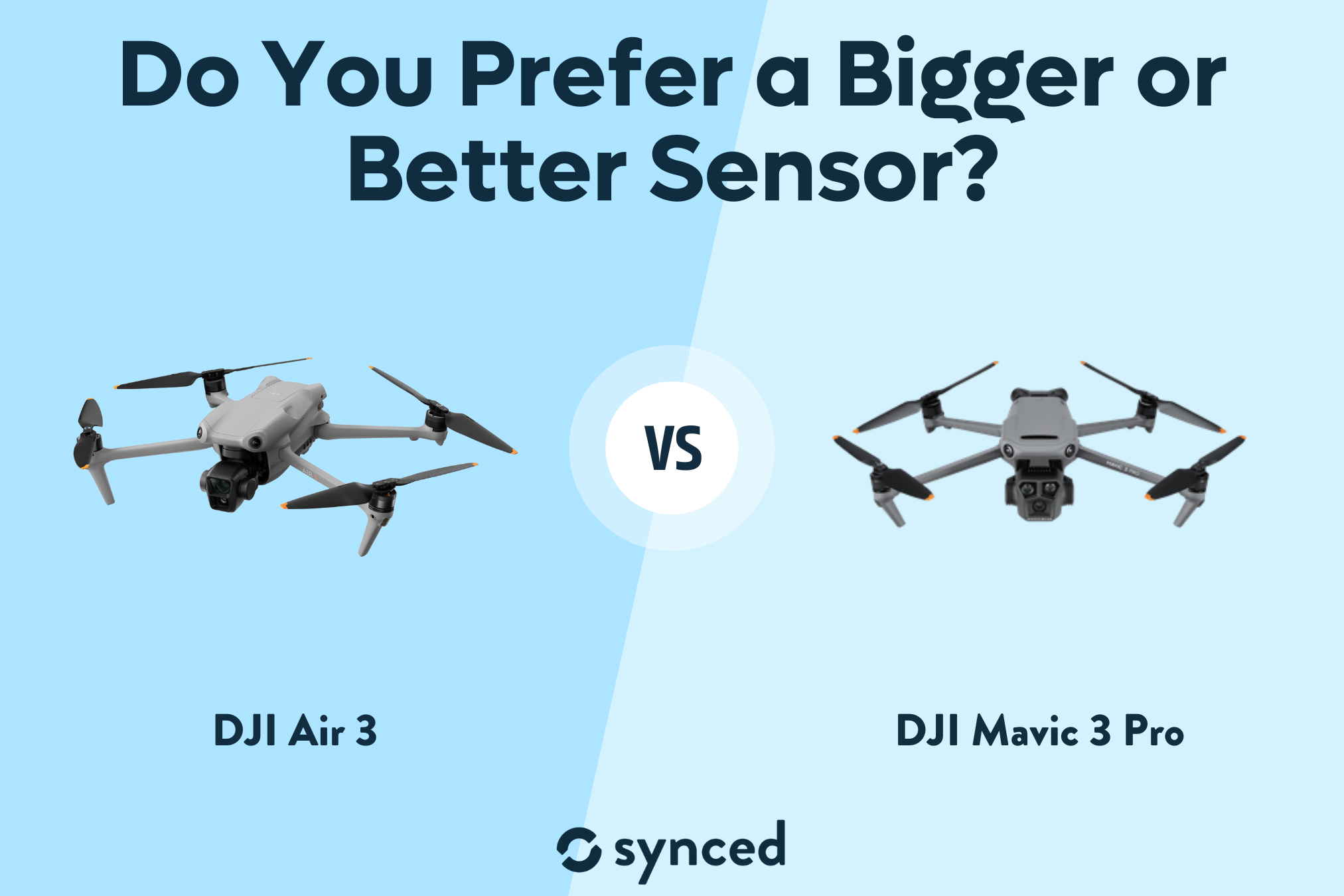
The DJI Air 3 and Mavic 3 Pro are standout choices for drone enthusiasts and professionals looking to capture stunning aerial footage with cutting-edge technology. Positioned at different points in the market, each model offers unique features that cater to diverse demands—from casual flying to high-end cinematography. This article compares these two advanced drones across various aspects including price, design, features, image quality, and battery life to help you determine which drone best fits your aerial photography and videography needs. By exploring their capabilities and differences, you can make an informed decision tailored to your specific requirements.
Key Takeaways
The DJI Air 3 and Mavic 3 Pro cater to different segments of the drone market, with the Air 3 positioned as a cost-effective solution for enthusiasts and semi-professionals, and the Mavic 3 Pro tailored for high-end professional use with its advanced imaging and flight capabilities. While both drones offer robust features and performance, the choice between them will largely depend on specific needs for image quality, battery life, and overall investment in drone technology.
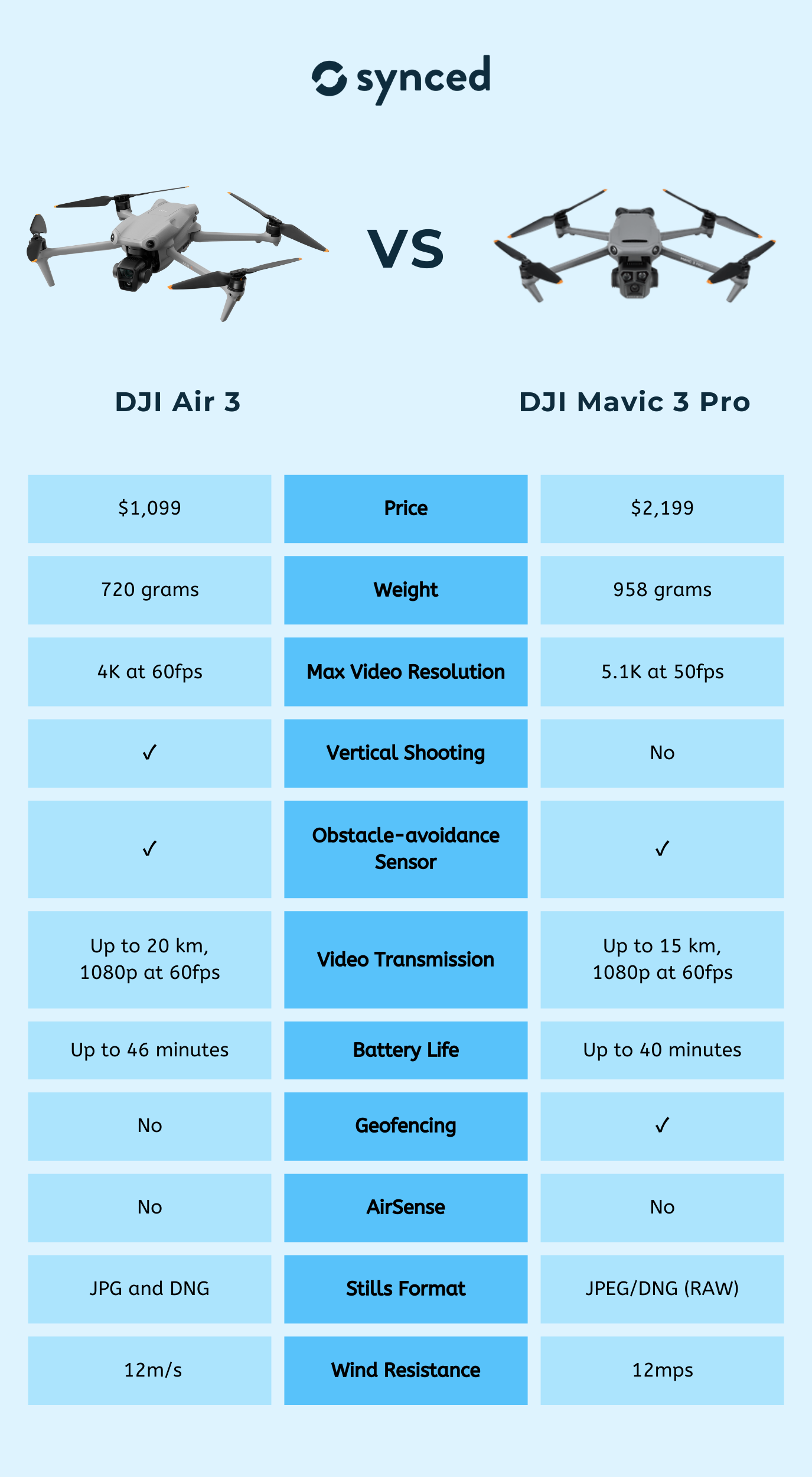

DJI Air 3
Best for Quality on a Budget
✓ DJI RC remote available
✓ Hasselblad L2D-20c camera
✓ Omnidirectional obstacle-avoidance sensors
✓ Up to 5.1K50 video resolution
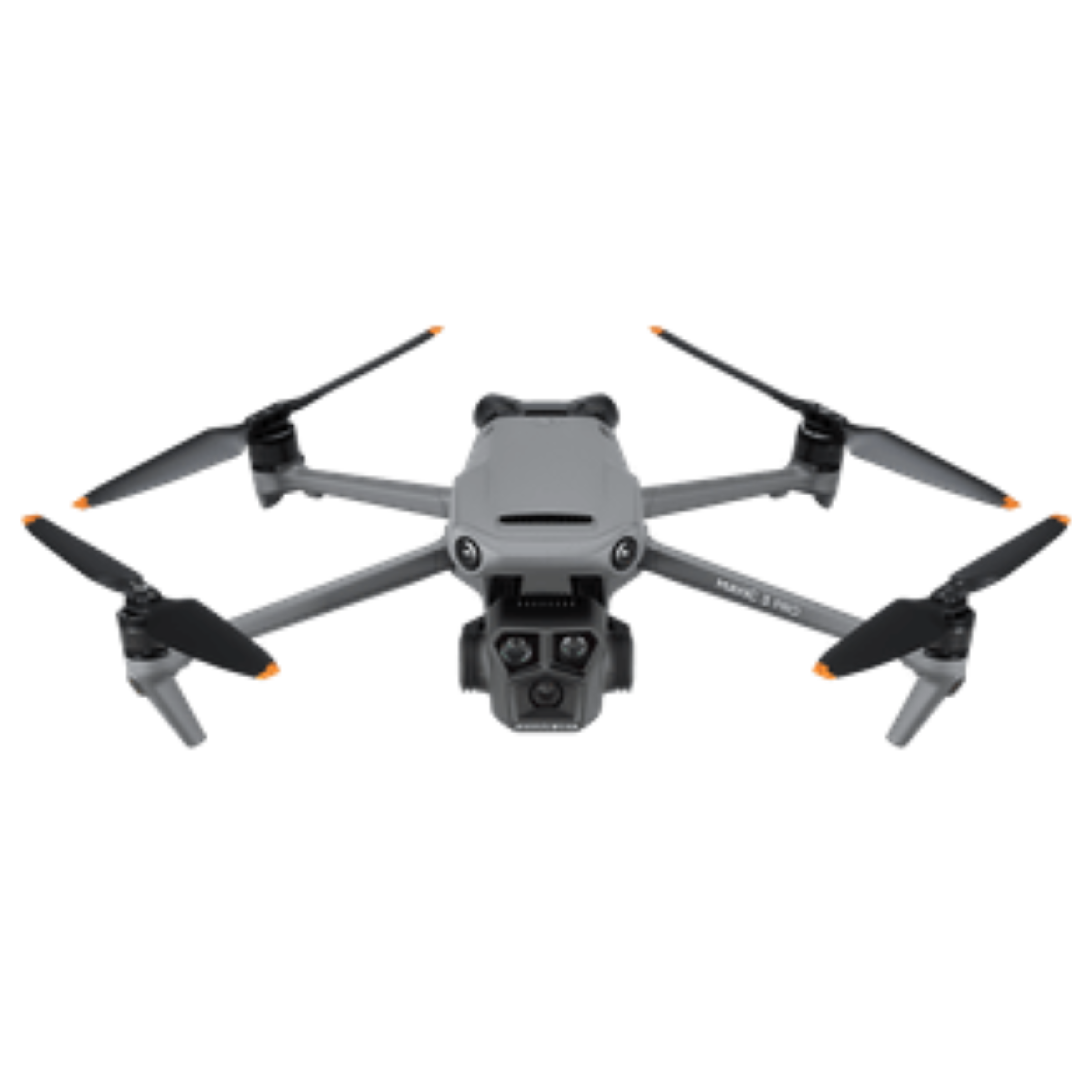
DJI Mavic 3 Pro
Best for High-quality Camera
✓ DJI RC remote available
✓ Hasselblad L2D-20c camera
✓ Omnidirectional obstacle-avoidance sensors
✓ Up to 5.1K50 video resolution
#1 Price & Design

DJI Air 3
Priced at $1,099, the DJI Air 3 is a more budget-friendly option compared to the Mavic 3 Pro. It features a compact and aerodynamic design, weighing just 720 grams, which makes it easy to transport and handle. The drone sports a darker grey exterior and includes a three-axis gimbal for stabilizing footage. Its design emphasizes durability and resistance to wind speeds up to 43 km/h, ensuring stable flights in various conditions. The accompanying DJI RC-N2 remote requires the Fly app for operation, which may limit screen options for viewing real-time footage.
The Mavic 3 Pro starts at a higher price point of $2,199, reflecting its professional-grade features. It also boasts a compact design but includes a two-toned color scheme and a more robust build with quick-release and self-tightening propellers. Weighing approximately 2.1 pounds, it requires FAA registration. Its design facilitates ease of use with a built-in screen on the DJI RC remote, enhancing the user experience by providing vital flight information directly on the controller, bypassing the need for a mobile device.
#2 Features & Performances

DJI Mavic 3 Pro
The DJI Air 3 is equipped with a dual-lens camera system that includes a 24mm F1.7 lens and a 70mm F2.8 telephoto lens, offering flexibility in shot selection. The drone uses Ocusync 4 for connectivity, ensuring a stable and long-range transmission. It includes comprehensive safety features such as forward and rear obstacle sensors, Advanced Autopilot Assist System (APAS 5.0), and ActiveTrack for tracking subjects. Additionally, the FlySafe geofence system and DJI AirSense enhance its safety protocols by keeping the drone away from restricted areas and alerting the pilot of nearby manned aircraft.
In contrast, the Mavic 3 Pro features an all-around obstacle avoidance system and a more sophisticated Hasselblad L2D-20c camera with a 4/3 CMOS sensor, delivering superior image quality. It supports a range of photographic expressions with multiple camera modes including a 48MP telephoto lens and a wide array of video recording options. The Mavic 3 Pro uses Ocusync 3+ for transmission, providing reliable connectivity over even greater distances up to 15km. Its robust feature set is designed to meet the demands of professional cinematographers who require precision and versatility in complex shooting environments.
#3 Image & Video Quality
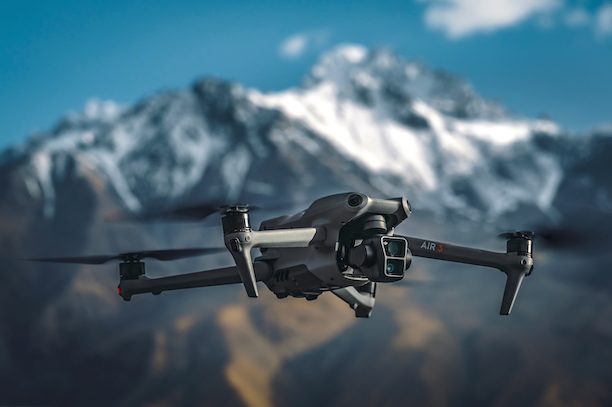
DJI Air 3
The Air 3 offers impressive video capabilities, supporting up to 4K at 100fps with 10-bit color in D-Log, HLG, or standard profiles, providing flexibility in post-production. It captures stills in both JPG and DNG formats at 12MP or 48MP, utilizing Hasselblad color science for enhanced image quality. The drone also introduces a 4K30 Night Mode, expanding its usability in low-light conditions. However, its vertical video capability is limited to 2.7K or 1080p, which might restrict creative options for social media content creators.
Meanwhile, the Mavic 3 Pro excels in image and video quality, offering 5.1K video recording at 50fps and 4K at up to 120fps, catering to professional needs. It supports both H.264 and H.265 codecs, and allows for extensive manual controls including adjustable aperture, ND filter integration, and RAW photo capabilities, providing comprehensive control over imaging. This model is particularly suited for professionals seeking high-resolution outputs and detailed post-production workflows.
#4 Battery Life
DJI Mavic 3 Pro
The Air 3 boasts an impressive battery life of up to 46 minutes, which is slightly more than the Mavic 3 Pro. This extended flight time is facilitated by a three-way charger that can redistribute power among the batteries, maximizing time in the air for prolonged shooting sessions.
The Mavic 3 Pro offers up to 43 minutes of flight time, which can vary depending on flight conditions and usage patterns. It also features an option for an Intelligent Flight Battery Plus, extending potential flight time to 47 minutes under ideal conditions, providing flexibility for long-duration projects and complex shoots.
DJI Mavic Mini vs DJI Mini 2
Final Thoughts
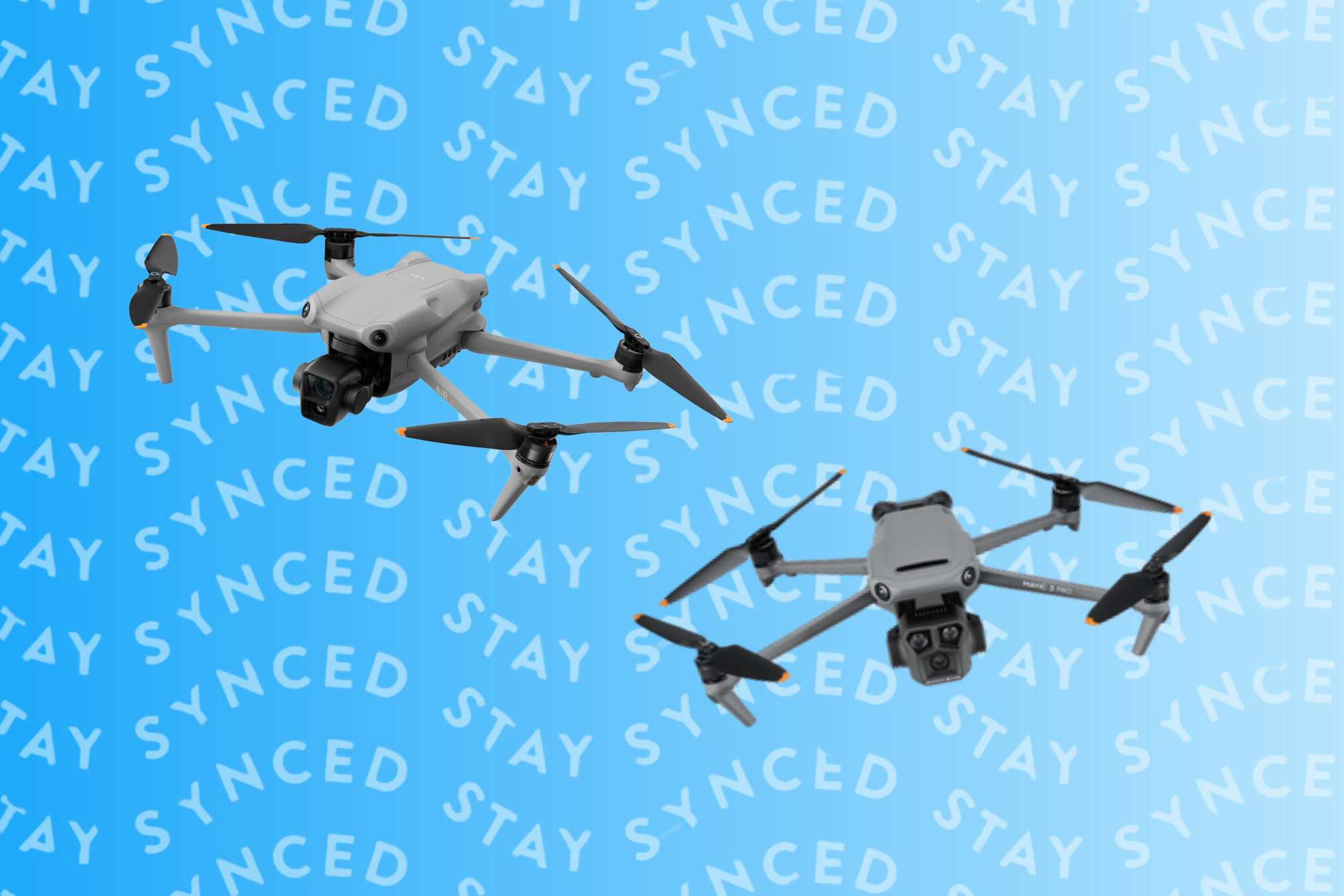
DJI Air 3 vs Mavic 3 Pro
When deciding between the DJI Air 3 and the Mavic 3 Pro, potential buyers should consider their specific requirements for video production and the environments in which they plan to fly. For hobbyists and content creators who need a reliable, high-quality drone that offers flexibility and good performance without breaking the bank, the DJI Air 3 is an excellent choice. For professional videographers and filmmakers who require the utmost in image quality, camera control, and advanced flying capabilities, the Mavic 3 Pro stands out as the superior option. Ultimately, both drones are impressive in their respective rights and offer compelling reasons for purchase based on user priorities and professional needs.
If you like to read more about Drone Camera, check out our other relevant guides here:
DJI Mini 4 Pro vs DJI Air 3: Which Drone is the Best for You?
The Best Drones for 2024
Don't miss out on tech
Subscribe to our newsletter to stay up to date on the latest tech trends and guides on the best gadgets around.

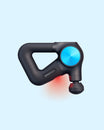
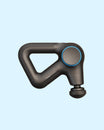
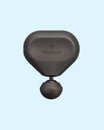
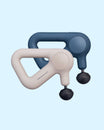

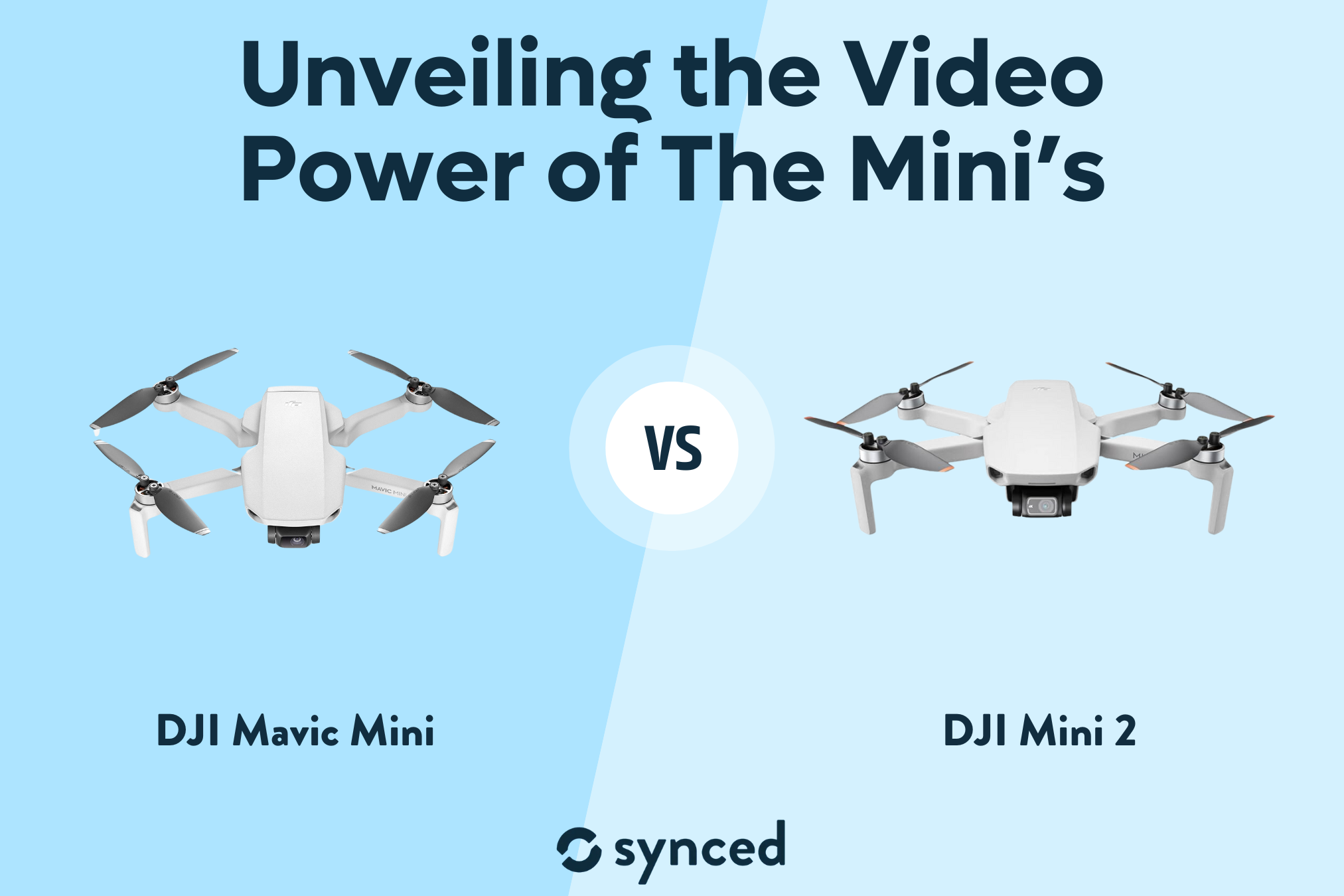
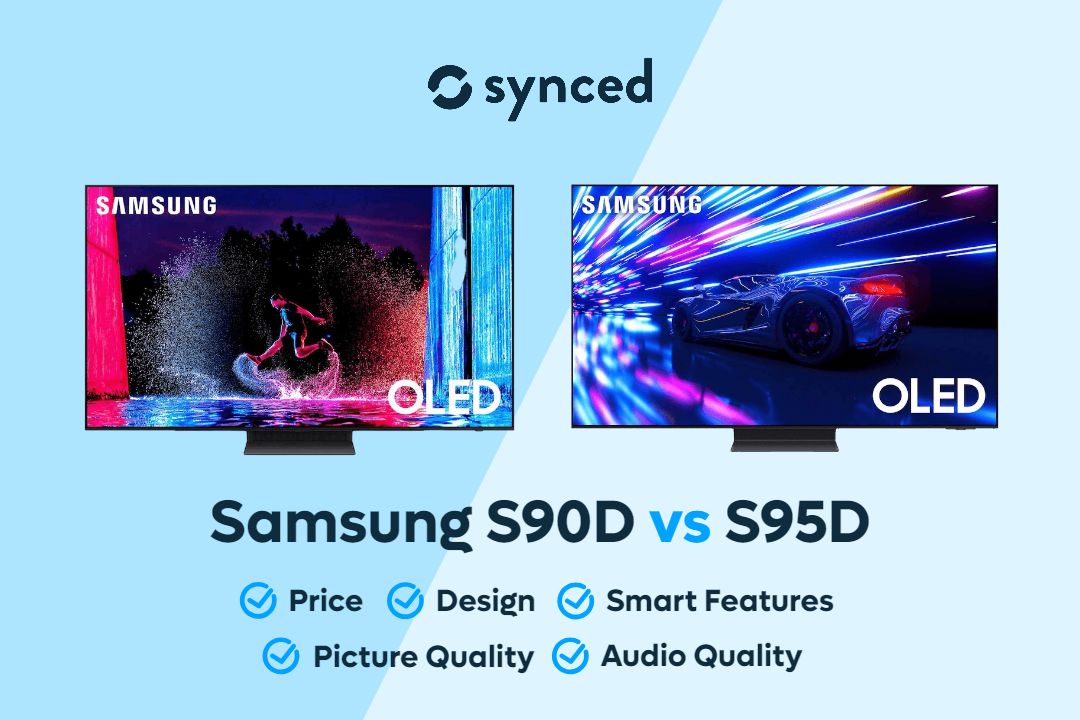

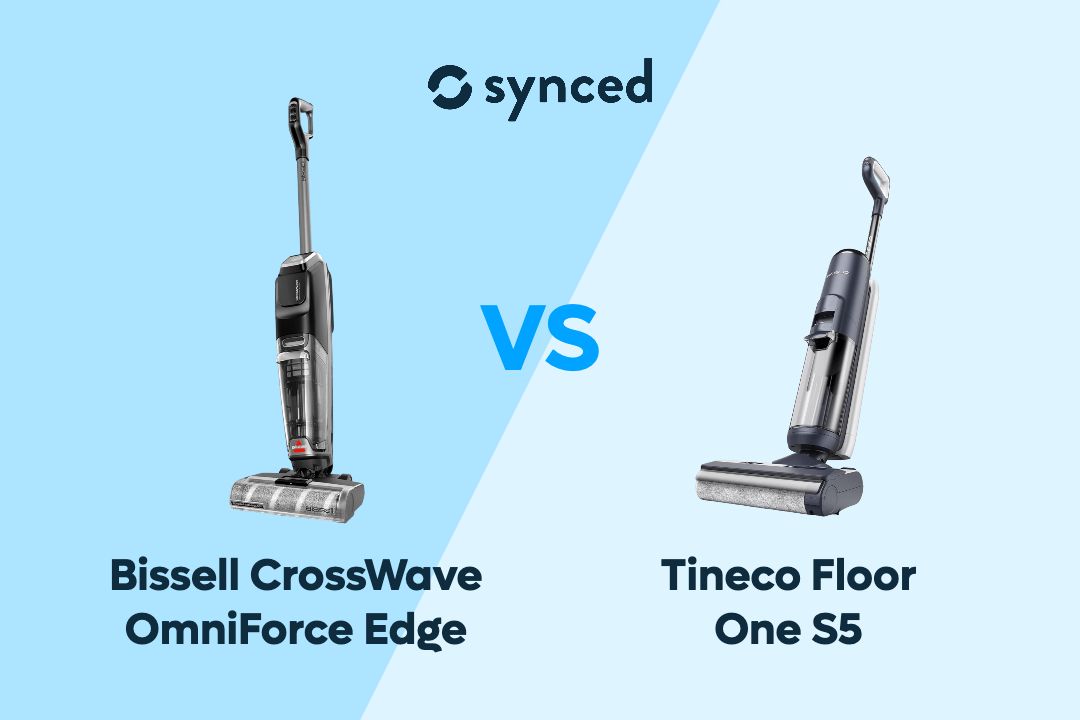
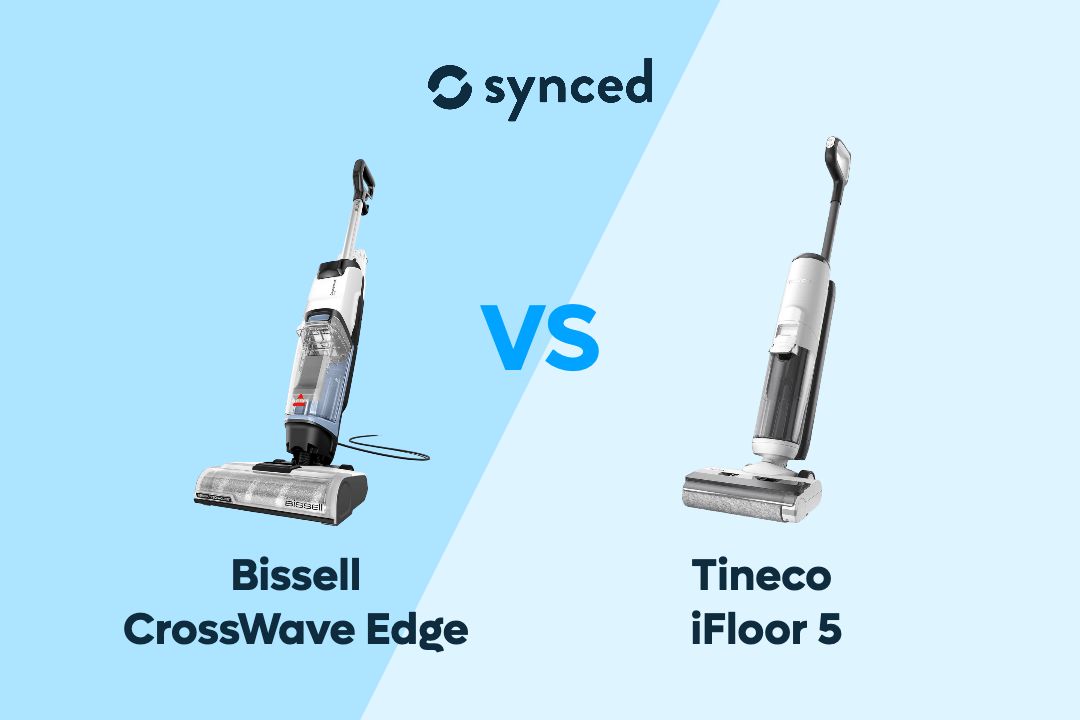
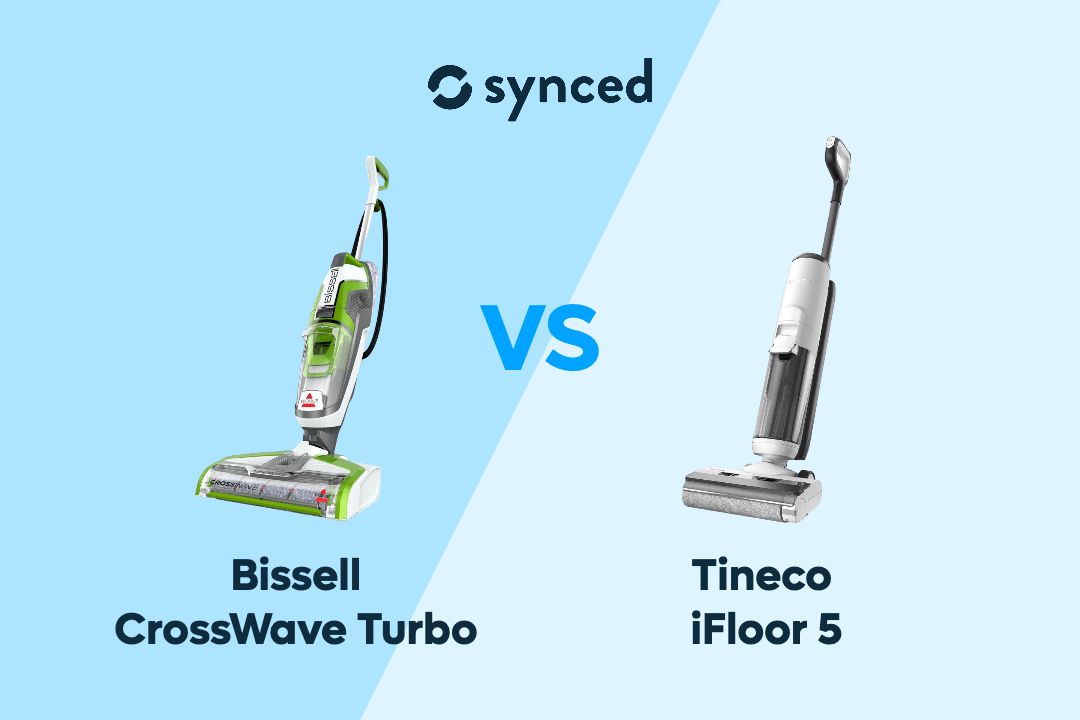
Leave a comment
This site is protected by hCaptcha and the hCaptcha Privacy Policy and Terms of Service apply.